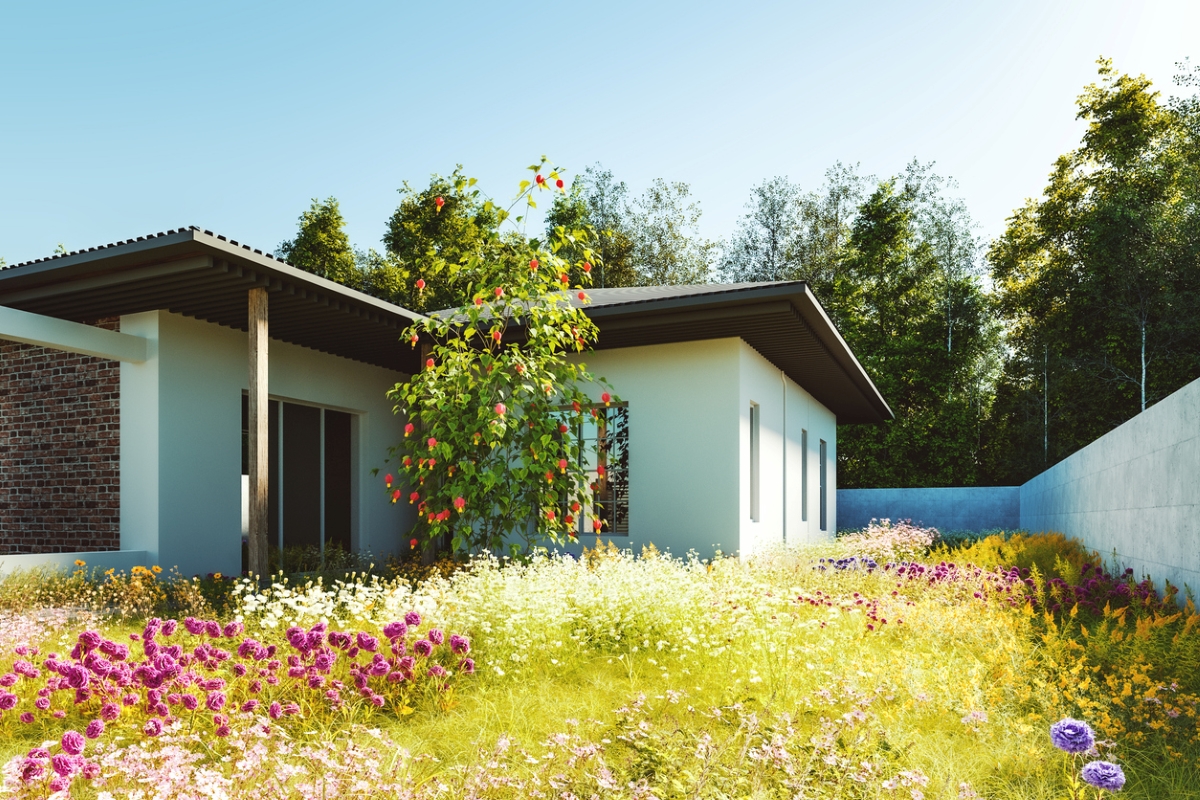

We may earn revenue from the products available on this page and participate in affiliate programs. Learn More ›
Grass lawns are a relatively new invention, first popularized in the 18th century and initially used as grazing spots for livestock and status symbols for wealthy landowners. However, standard grass lawns don’t provide much food for wildlife and their high maintenance needs have prompted modern gardeners and homeowners to find creative ways to make their lawns more environmentally friendly and easier to maintain.
This spirit of lawn care ingenuity helped to inspire No Mow May, a movement started by Plantlife and popularized by gardening aficionados and pollinator lovers the world over. The premise behind No Mow May is simple. Just stop mowing grass lawns in spring to give flowers more time to bloom and provide nectar and pollen for pollinators when other food sources are scarce.
But while No Mow May is a great place to start, restructuring how we design and maintain lawns in the long term and planning for the whole growing season can offer additional benefits to pollinators. “We need to change how we manage lawns all year,” says Matthew Shepherd of the Xerces Society for Invertebrate Conservation, “not simply skip mowing for a few weeks.”
If you want to make your lawn more inviting to pollinators and reap the rewards of a slower mow summer after No Mow May has passed, here are a few options you could try.
Mow less.
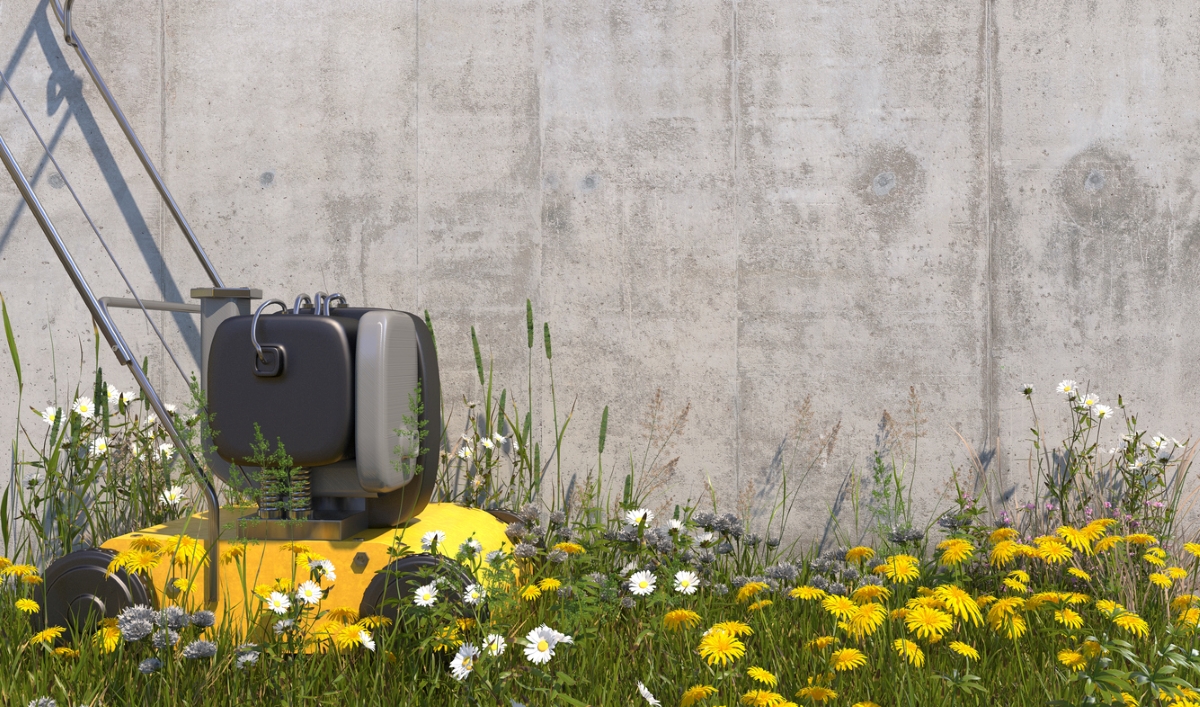
Extend No Mow May into a slower mow summer by mowing less often in summer and autumn and allowing pollinator favorites, like self-heal and calico asters, to bloom in your grass. If you want to make your lawn even more attractive to pollinators, consider overseeding grass with low-growing, flowering plants as well. How often to mow lawns will vary depending on weather patterns and other factors, but some studies suggest that mowing lawns every two to three weeks is ideal for bee habitats.
Raise your mower deck.
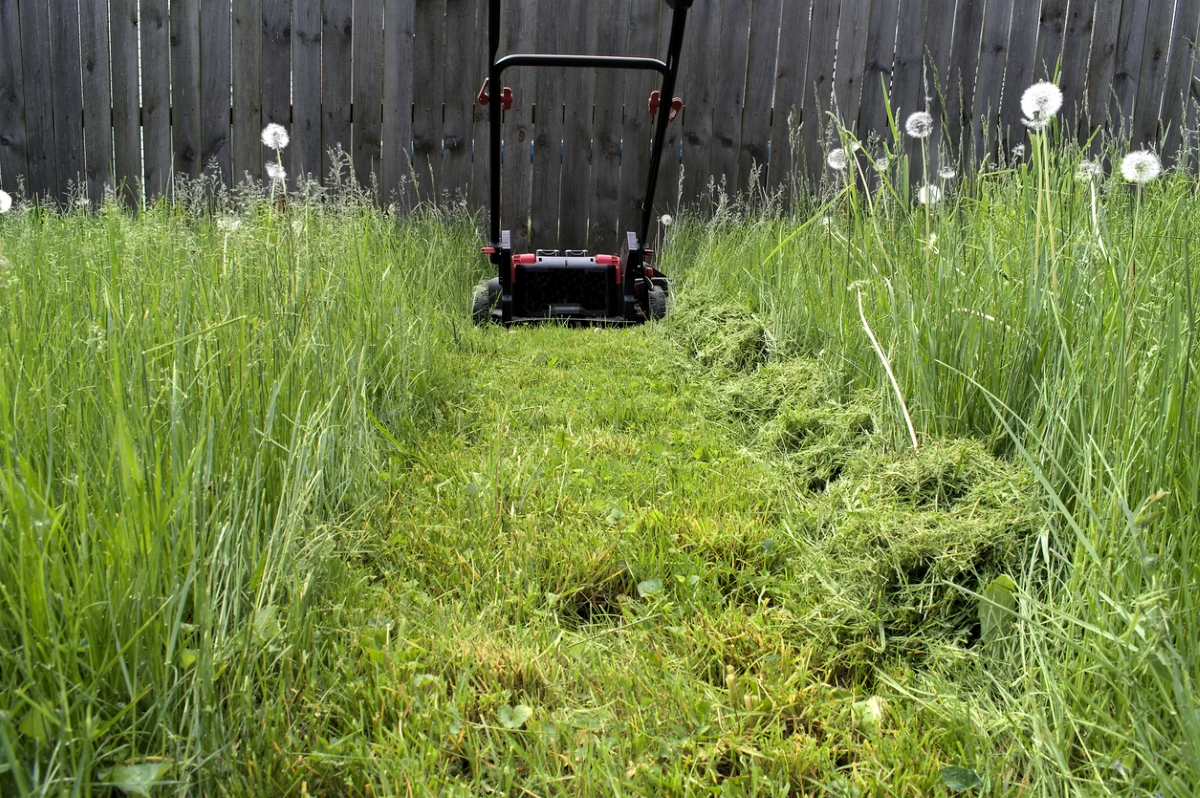
Cutting lawns too short can actually damage grass plants and increase lawn watering needs by exposing the soil line. But if you raise your lawn mower deck at least 3 ½ to 4 inches high, you can simplify lawn maintenance, protect wildlife and grass plants from harm, and provide more opportunities for flowers to bloom in your yard.
Reduce lawn size.
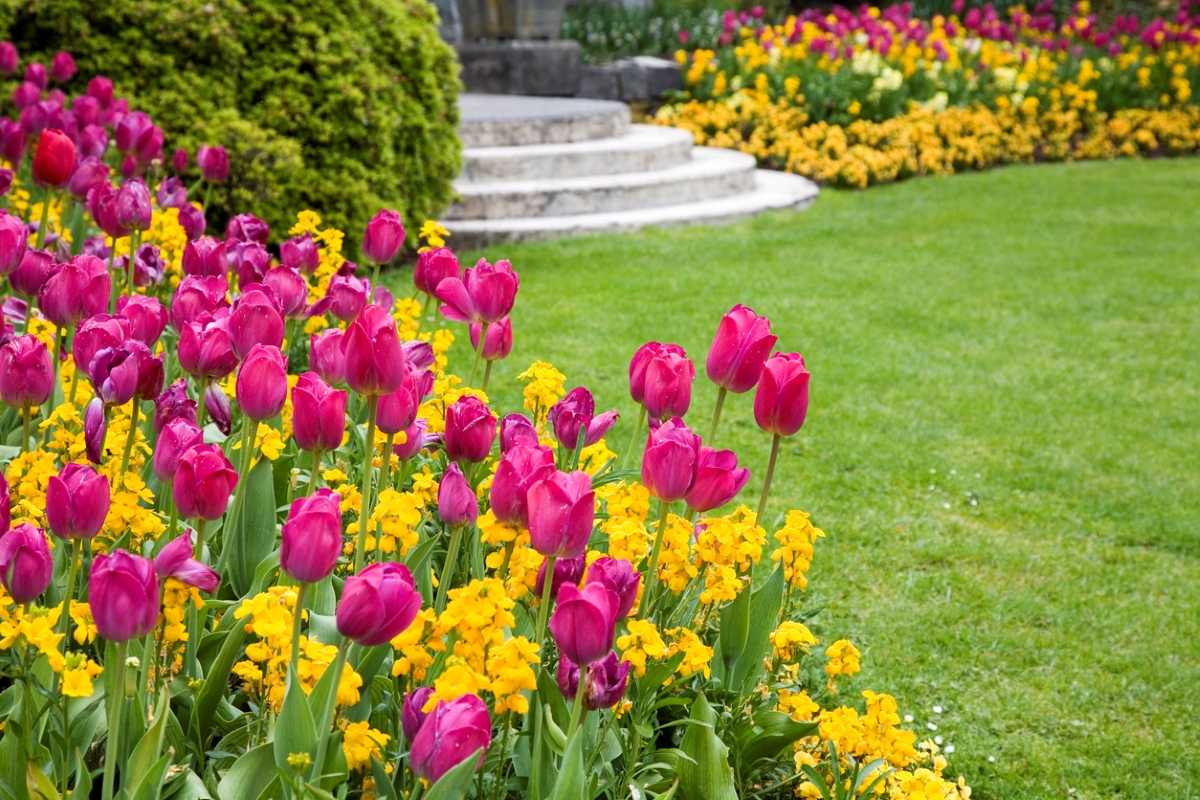
“Mowing less frequently and at a greater height will allow some flowers to bloom,” says Shepherd. “[But] we also should be seeking ways to reduce the area of lawns by growing pocket prairies in their place or replacing lawns with flower borders.”
You don’t need to reduce your lawn size all at once, but you can slowly add a new flower bed or raised garden every year until you have more space for flowers, veggies, and herbs and less lawn to maintain. For even more pollinator perks, consider growing some native plants in your flower beds and swapping out patches of grass for flowering ground covers like violets, wild strawberries, and foamflowers.
Grow an alternative lawn.
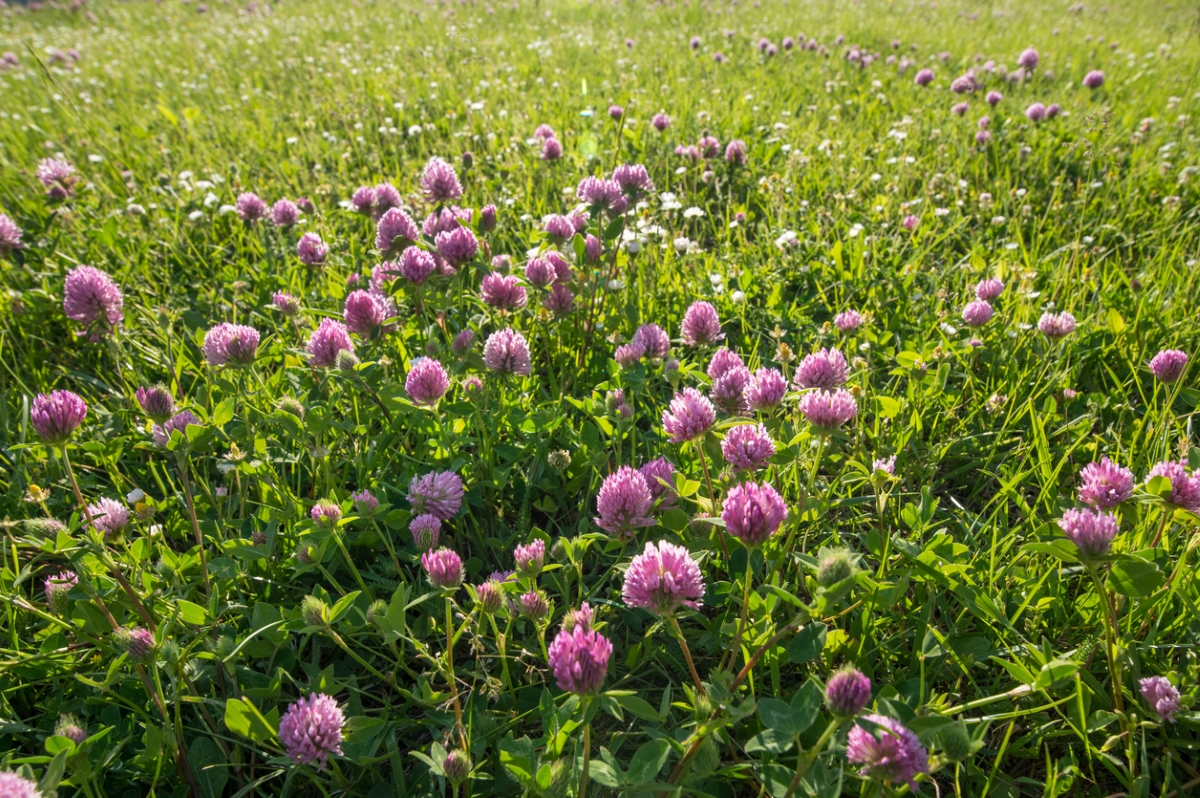
When it comes to non-traditional lawns, overseeding or replacing grass with a clover lawn is one of the most popular choices. However, homeowners can try out other alternatives to traditional lawns, like no mow grass, creeping thyme, or shade-loving moss. Swapping out grass for low growing flowers to create a tapestry lawn or wildflowers for a natural meadowscape can be especially attractive and beneficial to pollinators.
Some HOAs may place household bans against non-traditional lawns, so it’s always a good idea to check with your HOA before replacing your grass. Adding pollinator garden signage and fencing can make alternative lawns look more deliberate and increase the likelihood that HOAs will accept a more unusual lawn choice.
Limit pesticide use.
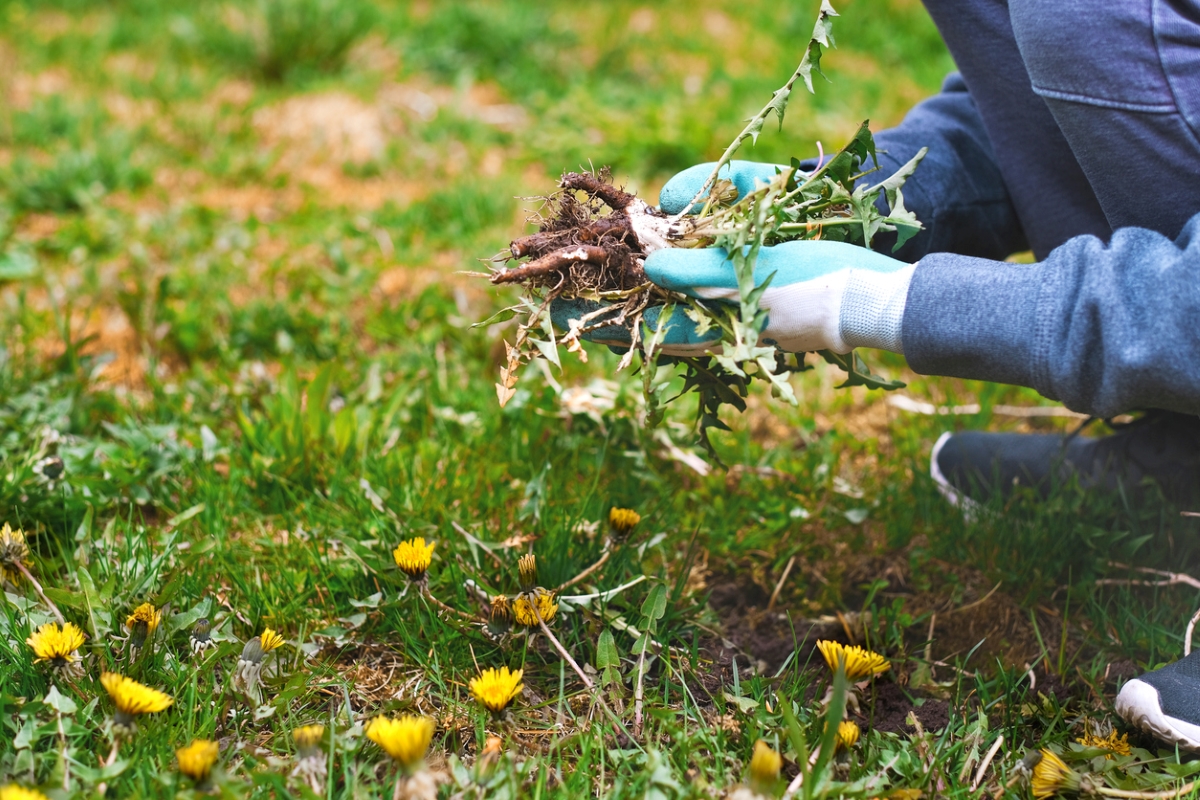
Of course, if your goal is to attract pollinators to your lawn, you’ll want to ensure that your lawn is bee-safe by reducing pesticide, herbicide, and synthetic fertilizer use. The good news is that many alternative lawns are low maintenance and plants like clover and some groundcovers are naturally pest resistant and need minimal to no fertilizer.
If you do need to give your lawn a pick-me-up, look for organic and bee-safe lawn care products. Compost can be used to boost grass health, tarping or horticultural vinegar are handy for weeds, and many lawn pests can be controlled with hand-picking, companion planting, and natural products like milky spore.
